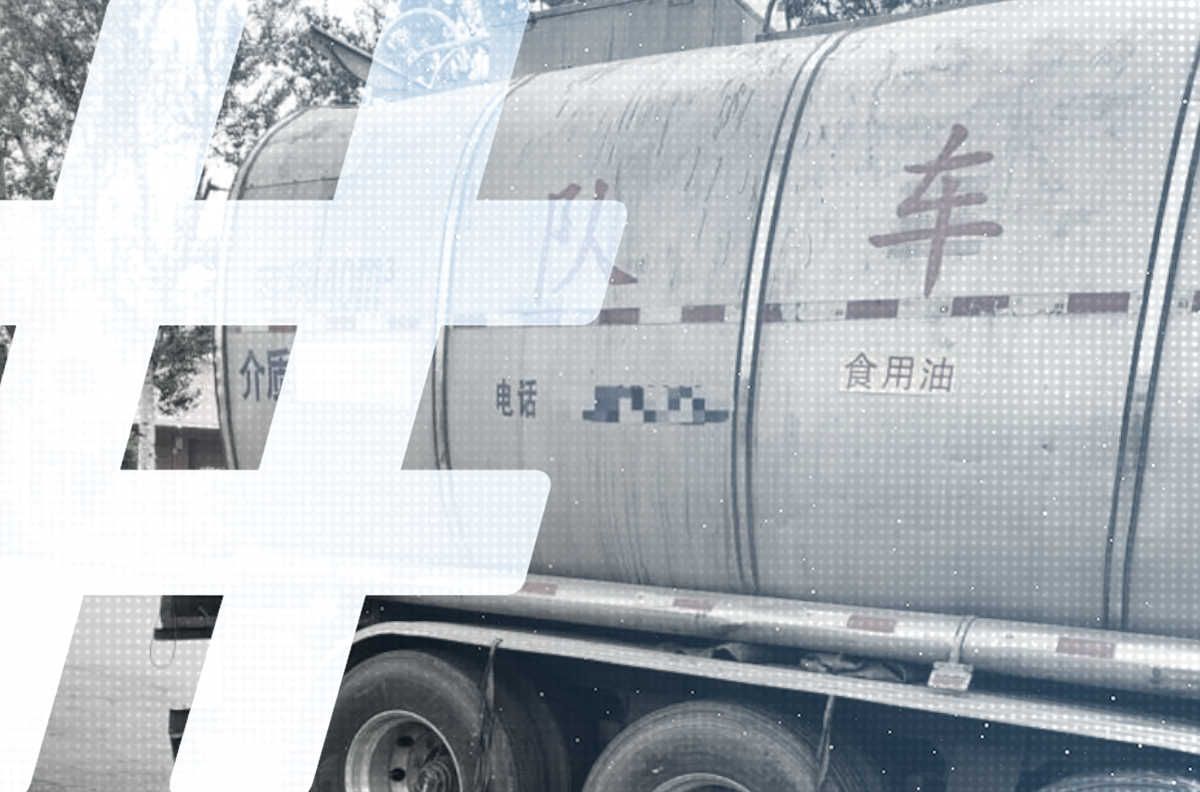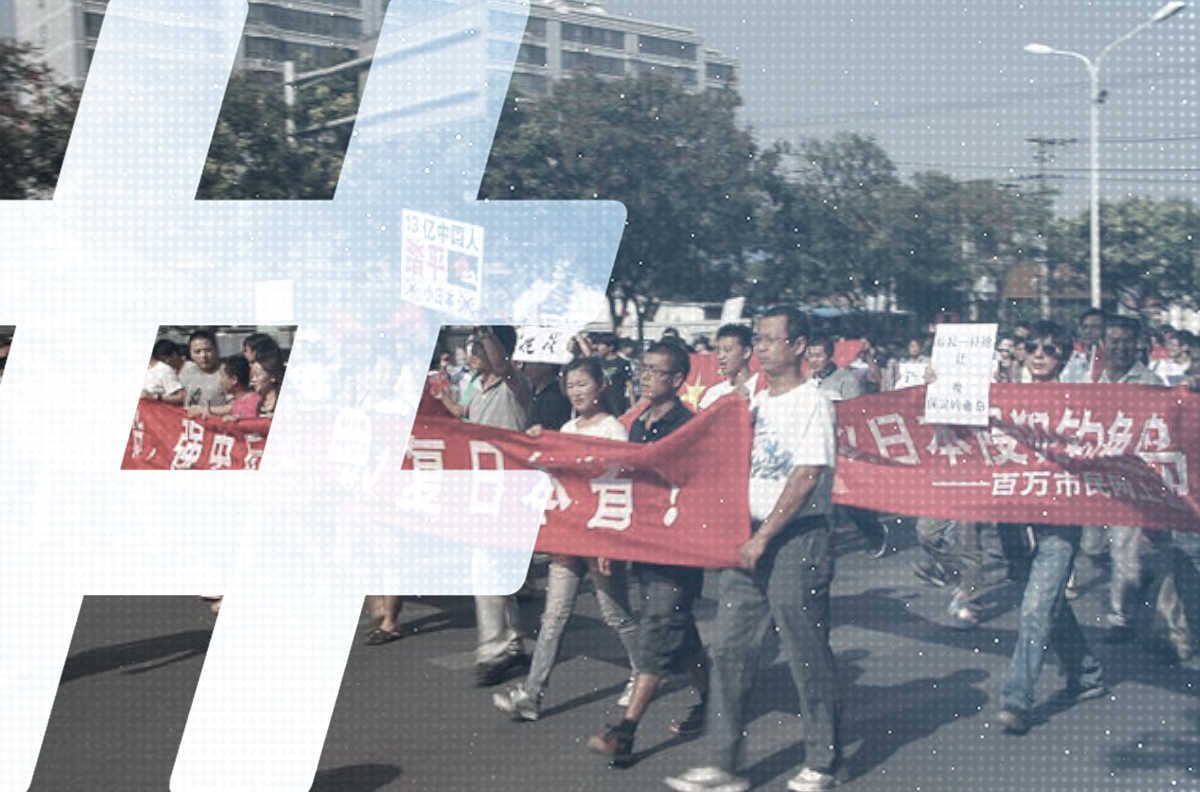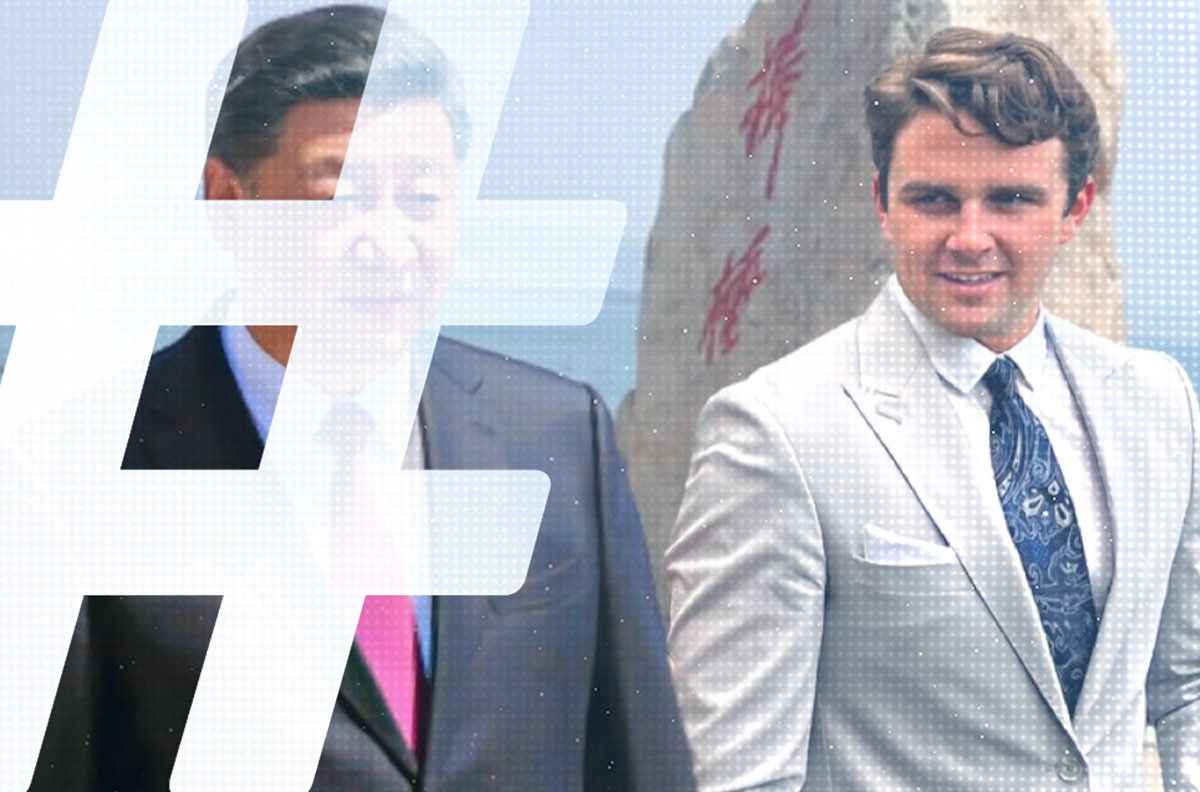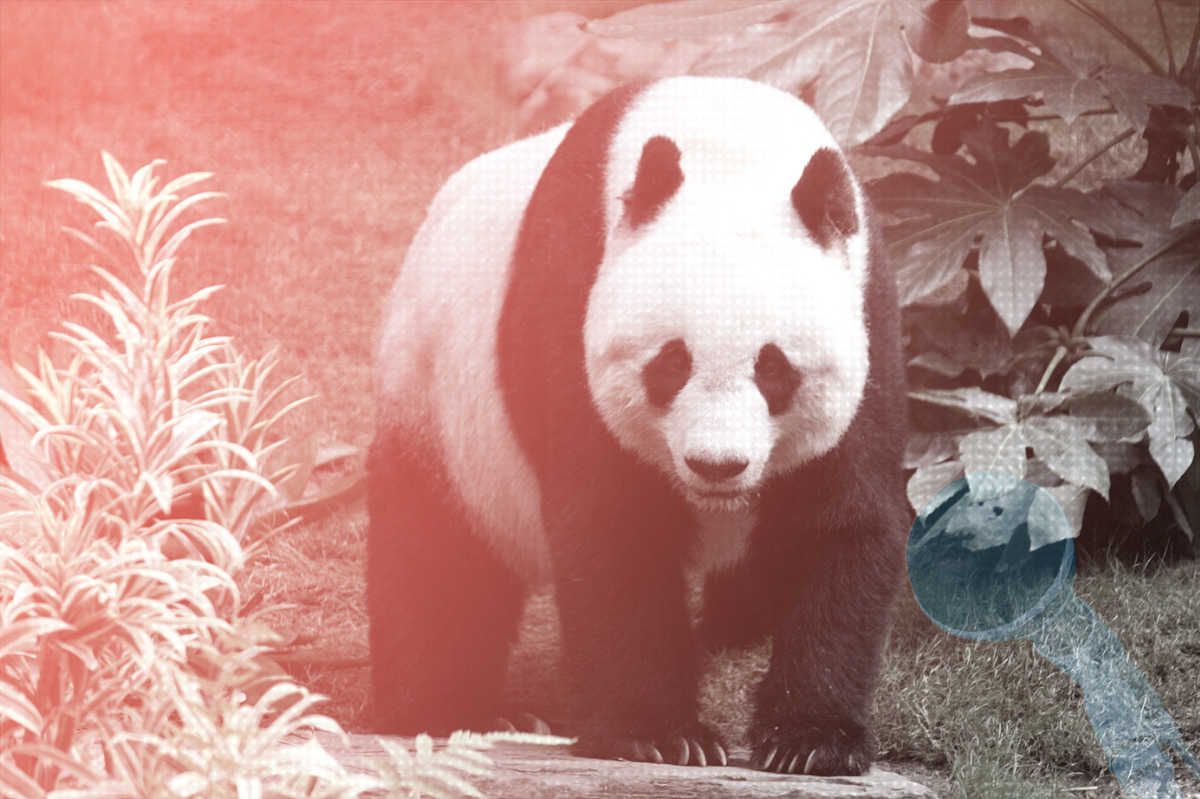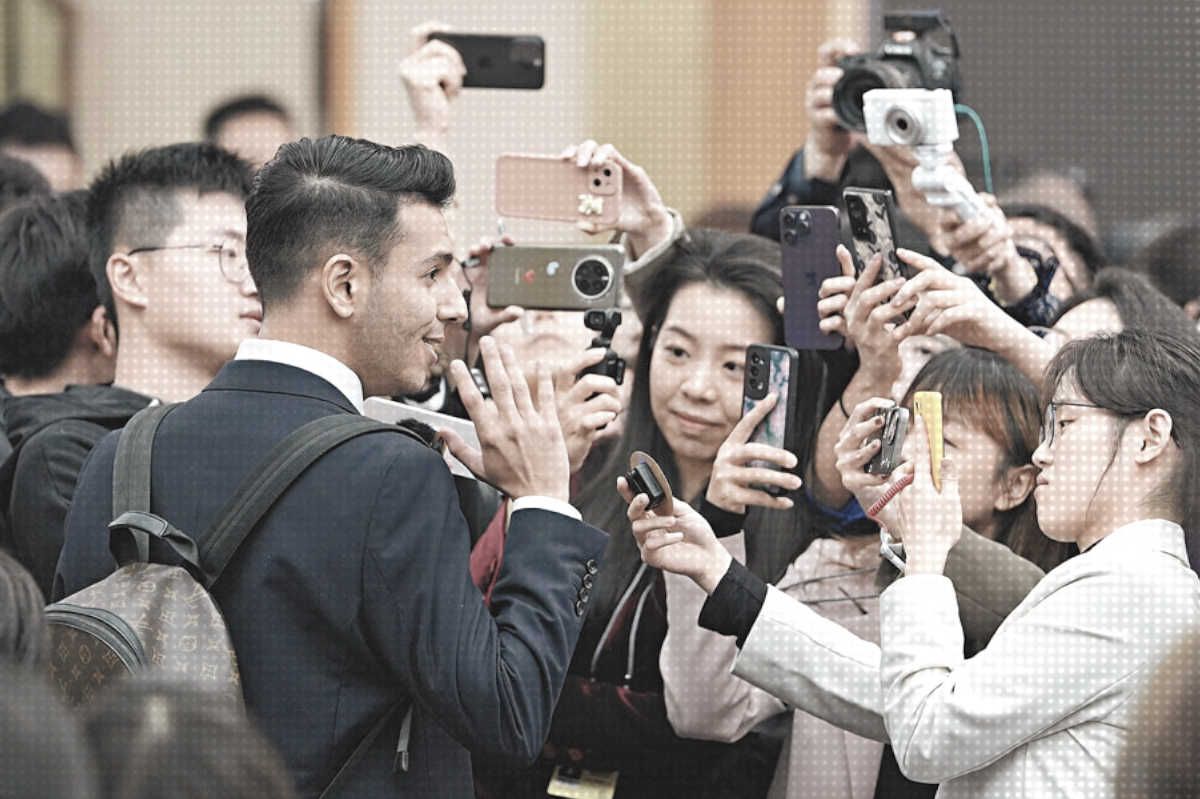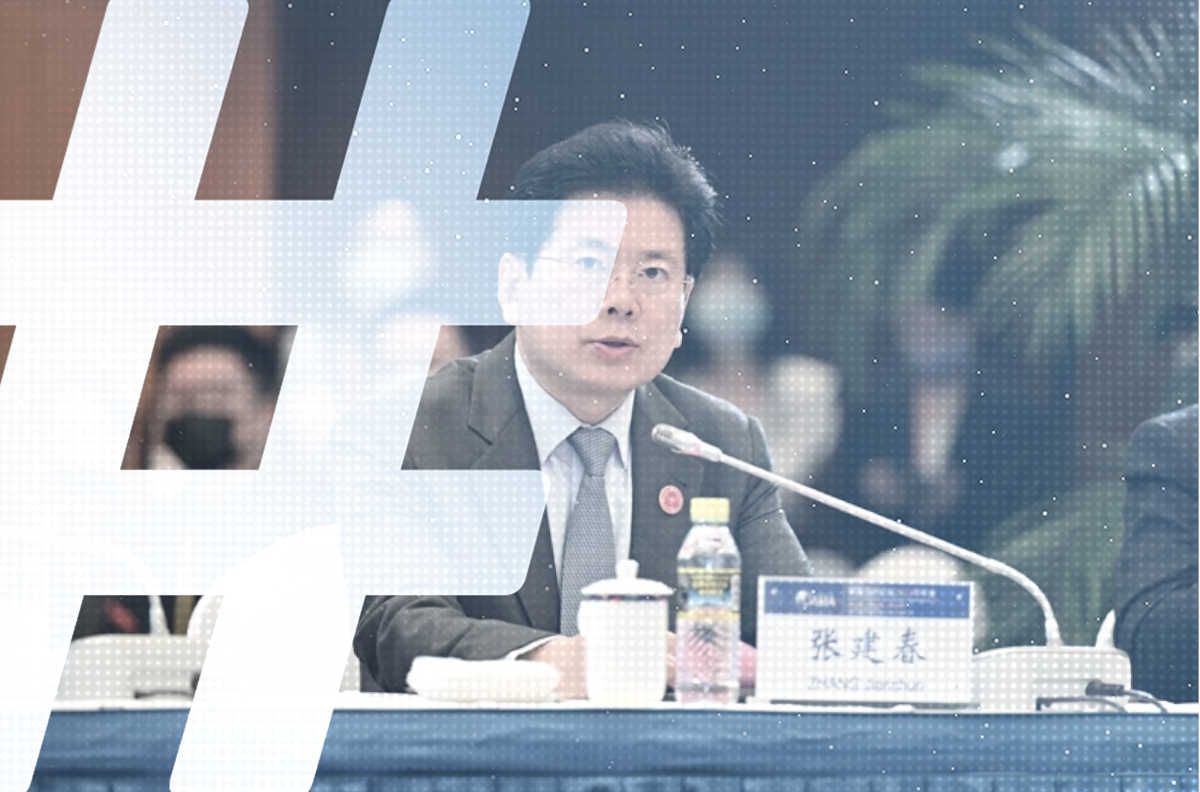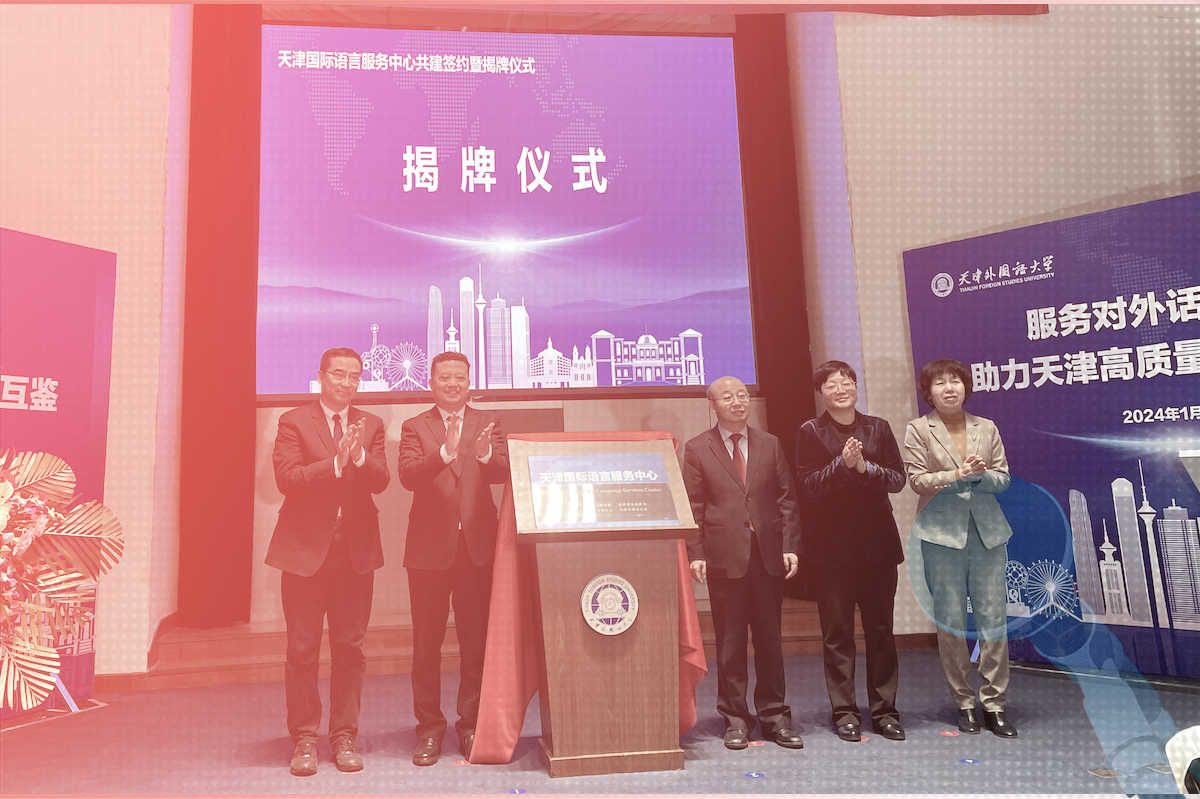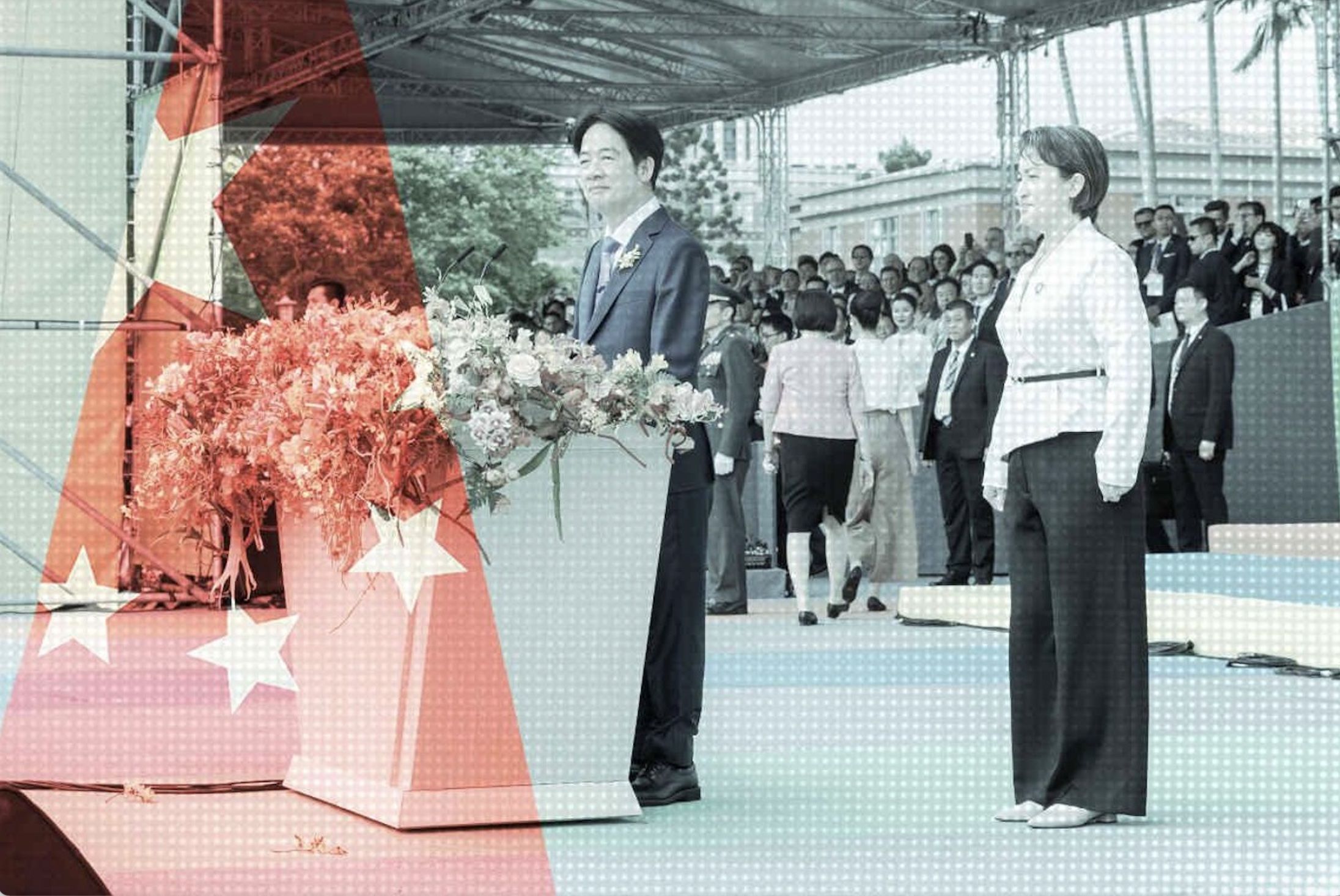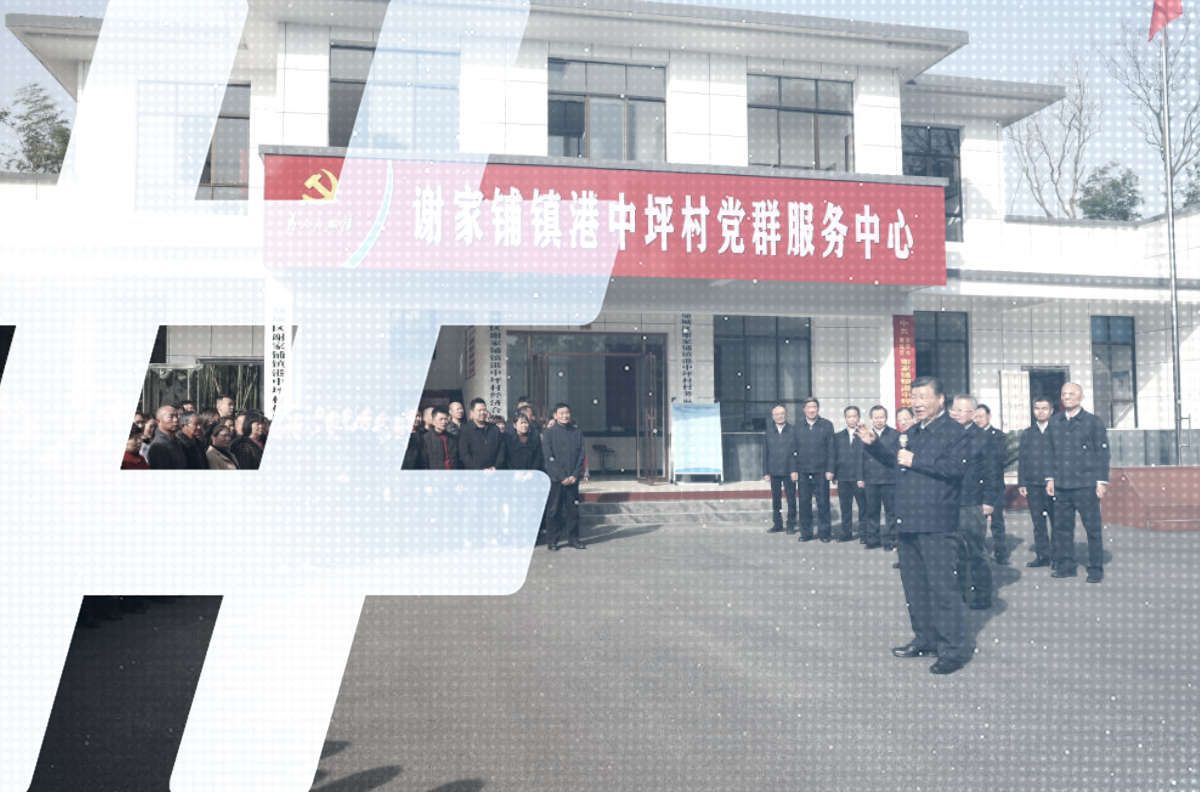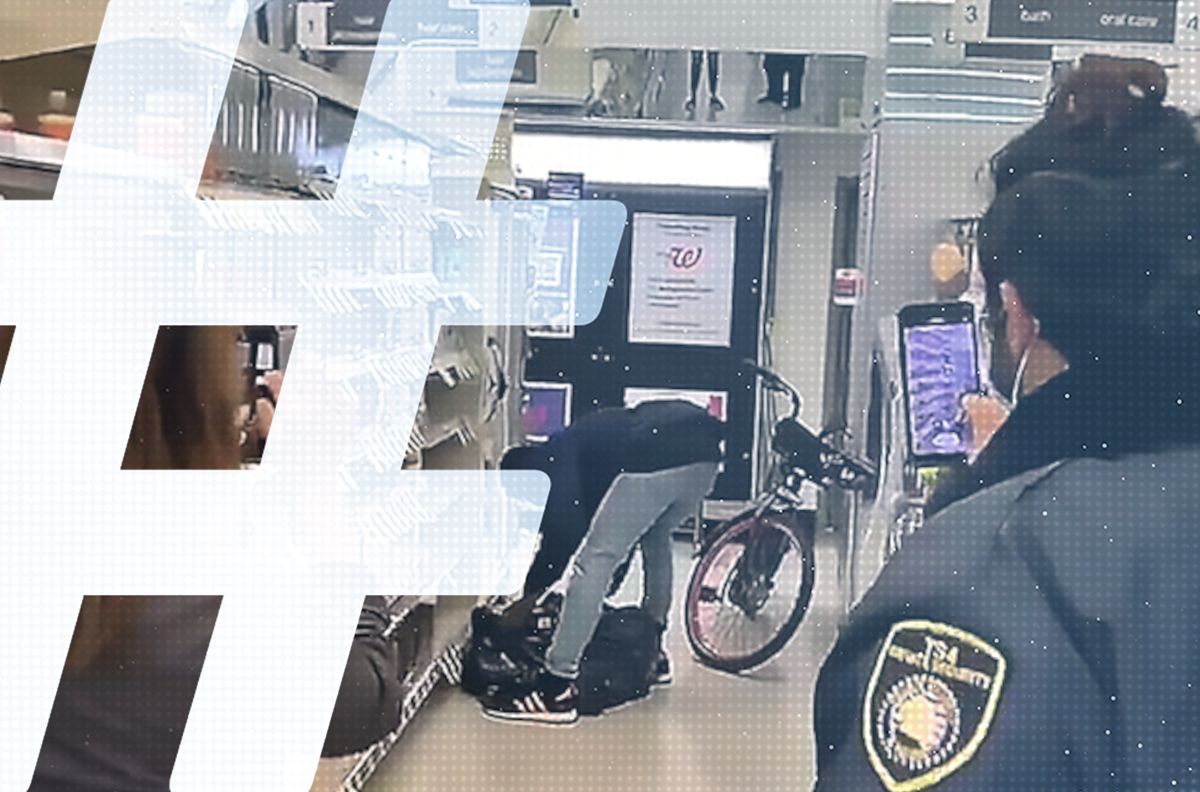Chinese President Hu Jintao’s calls on February 19 for regional leaders in China to strengthen social controls, including controls on information, and the government’s aggressive and preemptive actions to suppress dissent in recent days, can be read at once as a show of strength and a sign of creeping weakness. There is no denying that China faces complex and nagging social issues — a yawning gap between rich and poor, rising inflation, poor access of healthcare and education, and highly unpopular land-use actions, to name just a few — and the country’s leaders are clearly alert to the possibility that festering resentment might lead to broader social unrest and demands for political change.
To understand this, we can observe how Chinese leaders are attempting to persuade the population as much as suppress dissenting voices.
Last month, four separate editorials in the CCP’s official People’s Daily addressed deep economic and social problems in China, and attempted to assure an uneasy population that the country’s leaders are mindful of the needs of China’s citizens. The editorials were as follows:
1. “Working Hard to Reverse the Trend of Growing Income Disparity“
2. “We Must Squarely Face the Income Gap“
3. “A Rational Approach to Prevailing Issues of Social Justice“
4. “Industries Are Not Afraid of the Income Gap but of Unfairness“
All four of these editorials addressed the question of social fairness and the rising gap between rich and poor in China, issues that are a source of ongoing friction. The tone of the editorials is paternalistic and highly theoretical. “An accurate understanding of social fairness requires that we grasp three aspects: social fairness is historical, relative and concrete,” reads the third editorial, language unlikely to have a palliative effect on farmers who have no legal or other recourse once their farmland is stolen by local officials.
Published on February 16, the third editorial, “A Rational Approach to Prevailing Issues of Social Justice,” prompted a great deal of discussion on China’s domestic microblog platforms, QQ and Sina.
We have translated the official “content summary” of the article and a brief portion below to provide a taste of this series.
CONTENT SUMMARY:
* Social fairness is a value judgement about whether a member of a society is “desirable” to that society. It’s true nature lies in the demand that various rights and interests are reasonably allocated among members of a society, so that everyone can obtain that which they deserve; various responsibilities are taken on by members of society, and everyone must take on that which they should. Social fairness is a term with rich connotations. An accurate understanding of social fairness requires that we grasp three aspects: social fairness is historical, relative and concrete.
* Social fairness is a value judgement made by the “person” as subject concerning the “society” to the object. A rational approach to the question of social fairness in our country requires that we grasp two perspectives, that we grasp the two factors of “society” and the “person,” and that we connect questions of social fairness with our development situation, and with changes in the expectations in people’s hearts.
* Resolving issues of social fairness today requires emphasis on three points: accurate recognition (认识到位), taking social fairness as the basic problem in whether society can or cannot achieve sustainable development; competent measures, achieving scientific development, continually enlarging the cake [of economic development], while working hard to divide the cake; cohesion of forces, with the government taking on the principal role, and society serving a cooperative role (协同作用) and individuals fostering a sense of justice.
Social fairness is an issue that has been around since ancient times. Ever since the dawn of human history, people have thought about how to make society more just. Social fairness is also a routine and perennially fresh issue — along with the development of human society, people will continually raise new demands in terms of social fairness. As an important measure of how civilized and progressive a society is, social fairness goes hand in hand with the development of human society.
Right now, our country’s development stands at a new historical starting point, a time at which strategic opportunities are woven together with [social] tensions. The problems we face are more complex than those in the past, more prominent, and accommodating various interests becomes steadily more difficult. This has meant that issues of social fairness are more plain and noticeable to us. In the online surveys about “what you care about most’ conducted by various websites ahead of the National People’s Congress and Chinese People’s Political Consultative Congress, the issue of social fairness has been among the top concerns. In a number of cases of “flaunting of wealth” (炫富) and “hatred for the rich” (仇富), “flaunting of power” (炫权) and “hatred of government officials” (仇官) that have drawn widespread public attention, the crucial reasons lying behind these cases have to do with social fairness. It can be said that many of the issues in [Chinese] society today that become the focus, that are hotly discussed and sticking points, have on some level to do with social fairness. Dealing appropriately with the issue of social fairness has already become a major question that our country must confront. Dealing appropriately with the issue of social fairness requires first of all a rational view of the problem of social fairness.
Historical, Relative and Concrete: Understanding Social Fairness Requires a Grasp of Three Aspects
What is social fairness? Generally speaking, social fairness is a value judgement about whether members of society are “content” with their society. It involves essentially whether various economic, political and cultural rights and interests are reasonably distributed among members of society, so that all can receive what is due them; and how members of society reasonably take on various duties and responsibilities, with each person taking on their measure of responsibility.
FRONTPAGE IMAGE: A cartoon graph from Guangzhou Daily showing dramatic inflation in China, from rising food prices to rising home prices.


